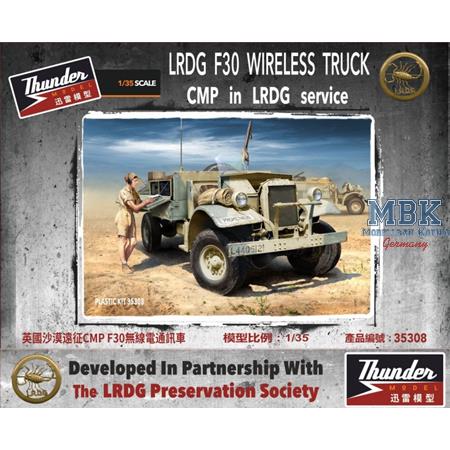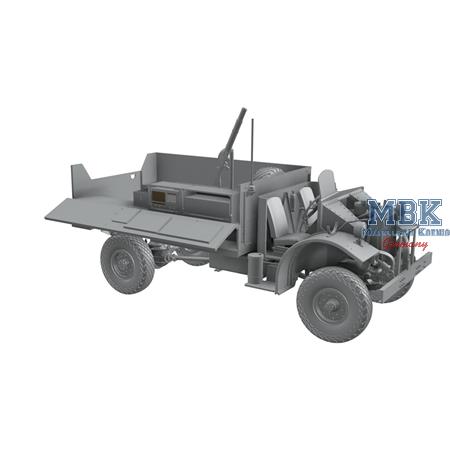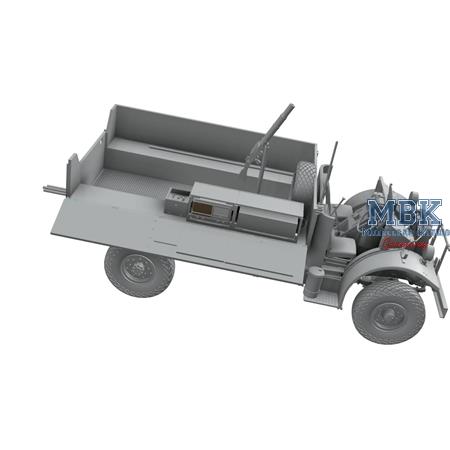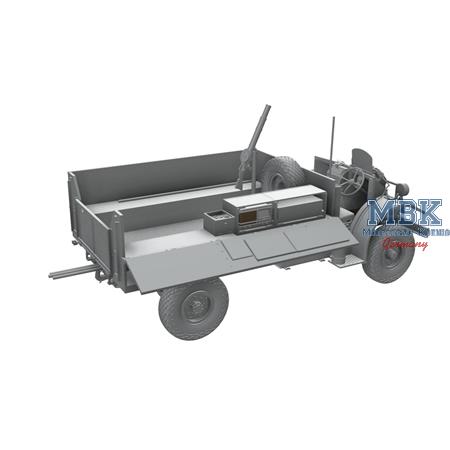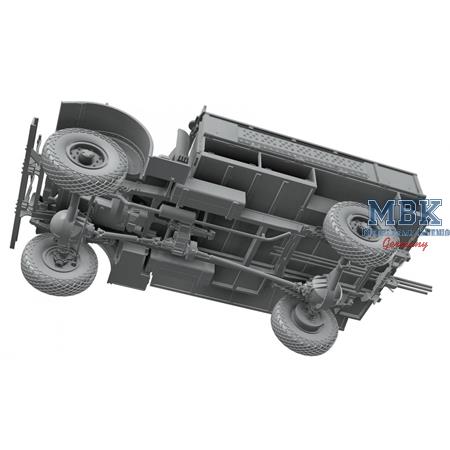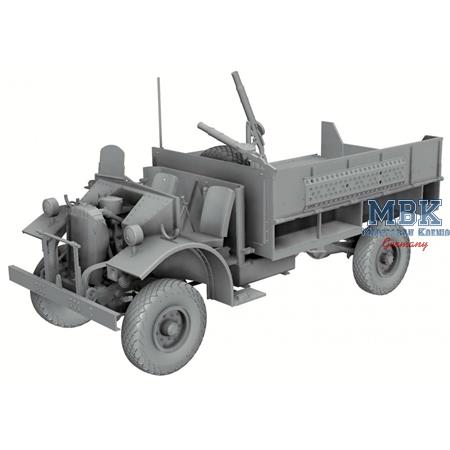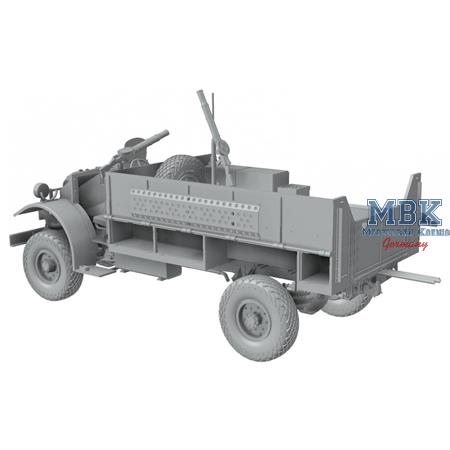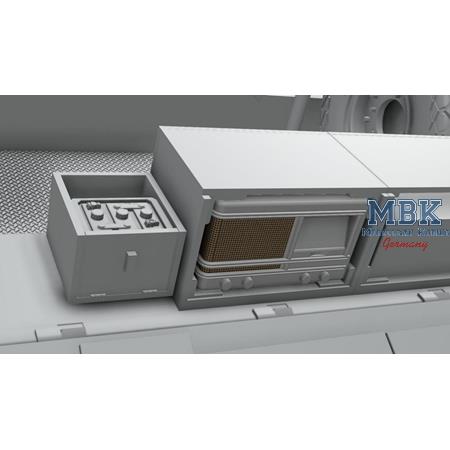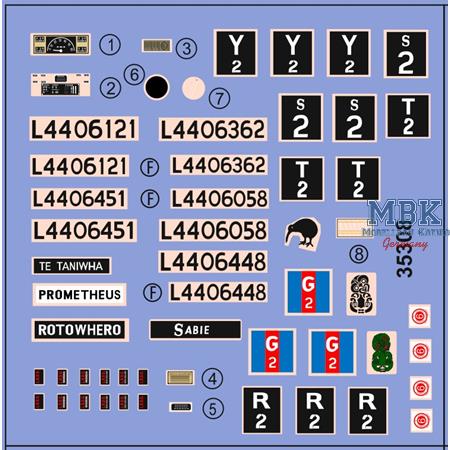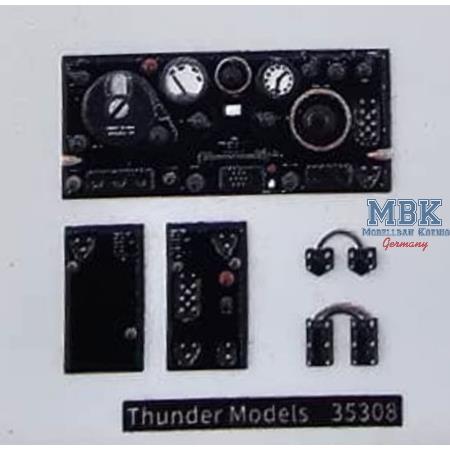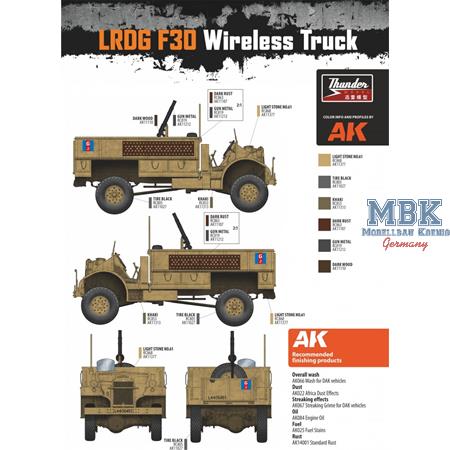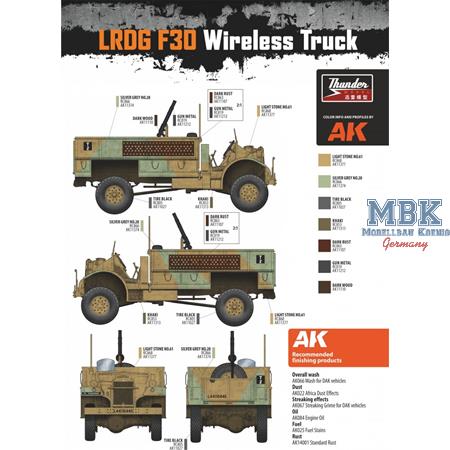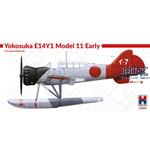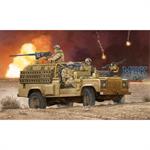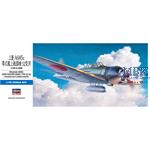CMP in LRDG service LRDG Ford F30 Wireless Truck
THM35308
THUNDER MODELS
1:35
“Only men who do not mind a hard life of scant food, little water and much discomfort, men who possess stamina and initiative, should apply.”
The Long Range Desert Group was the first and “probably the most tempestuous and successful irregular formation on either side in the entire war.”
Their role was reconnaissance by deep thrusts, road watch (observing Axis movements along coastal roads to determine logistics and movements of military units to and from the front line hundreds of miles away) and raids (attacking airfields long before the British Special Air Service thought of it).
They also transported Allied agents and the SAS behind enemy lines in their first raids, recovered downed aircrew and lost soldiers and were the first to accurately map the North African desert. They were often referred to as the 'Libyan Taxi Service' by those who benefited from their skills and were highly valued for their ability to get to any point in the desert at any given time.
The LRDG were the masters of the Libyan desert during the War in North Africa.
They were experts in desert navigation, driving, signalling and survival.
Their operational requirements were unique in the British Army and initially they chose the civilian Chevrolet WA trucks, rugged and simple and with the right driving techniques and equipment capable of negotiating the majority of desert terrain.
After a year of service these trucks were in dire need of replacement but there were no Chevrolets left, the best option in North Africa was the CMP Ford F30 with the No. 11 cab.
Like the Chevrolet trucks before and after their operational service, the Ford F30s were specially modified for the LRDG's desert operations.
The cab was removed to give a lower profile, hoods were usually removed to allow better cooling of the engine and transmission, a PTO air compressor was connected to the transmission, a condenser tank was added which condensed steam from the radiator to save water, racks for sand mats and chutes to get the trucks out of soft sand, Vickers MKI (no water can and hose connected and water jacket filled with oil) and Lewis machine guns and Boys anti-tank rifle mounts for self-protection and raids and sand tires.
Another feature is that these early Ford trucks were fitted with Chevrolet 'banjo' type axles as Ford had initial production problems with their axles. The different axle brands were designed to be interchangeable on these trucks.
There were three main variants: the standard patrol car, the 37mm Bofors anti-tank car with a special gun mount in the rear of the body, and the radio car, which was equipped with a Bagnold sun compass and a civilian Philips 635 radio receiver for the time signal needed for accurate navigation by the stars, as well as the standard No. 11 radio for sending information to base.
In conjunction with the Windom dipole antenna mounted on 16-foot (4.6 m) high masts, they could often "jump" a signal over 1,000 miles directly to Cairo.
The Ford F30s had the advantage of four-wheel drive, a more powerful 95 hp V8 engine, and a larger cargo bed compared to the Chevrolet trucks. However, they were harder to camouflage due to their height, noisier with the 4x4 transmission and V8 engine, heavier, had a shorter range due to their lower MPG (miles per gallon) rating, and were less reliable.
Some trucks had the body moved 300mm back on the chassis to better center the load on the rear axle.
These can be identified by two spare wheels between the body and cab.
Plastic model kit of a British Ford F30 radio truck of the LRDG (Long Range Desert Group)
- 280 parts
- Resin wheels
- Philips radio and No. 11 wireless set
- Photo-etched parts
- Five marking options
- 3D decals for No. 11 wireless set
- Developed in conjunction with the LRDG Preservation Society
- Informative booklet included
unbuilt / unpainted
Paint and glue not included
Write now your personal experience with this article and help others with their purchase decision.
